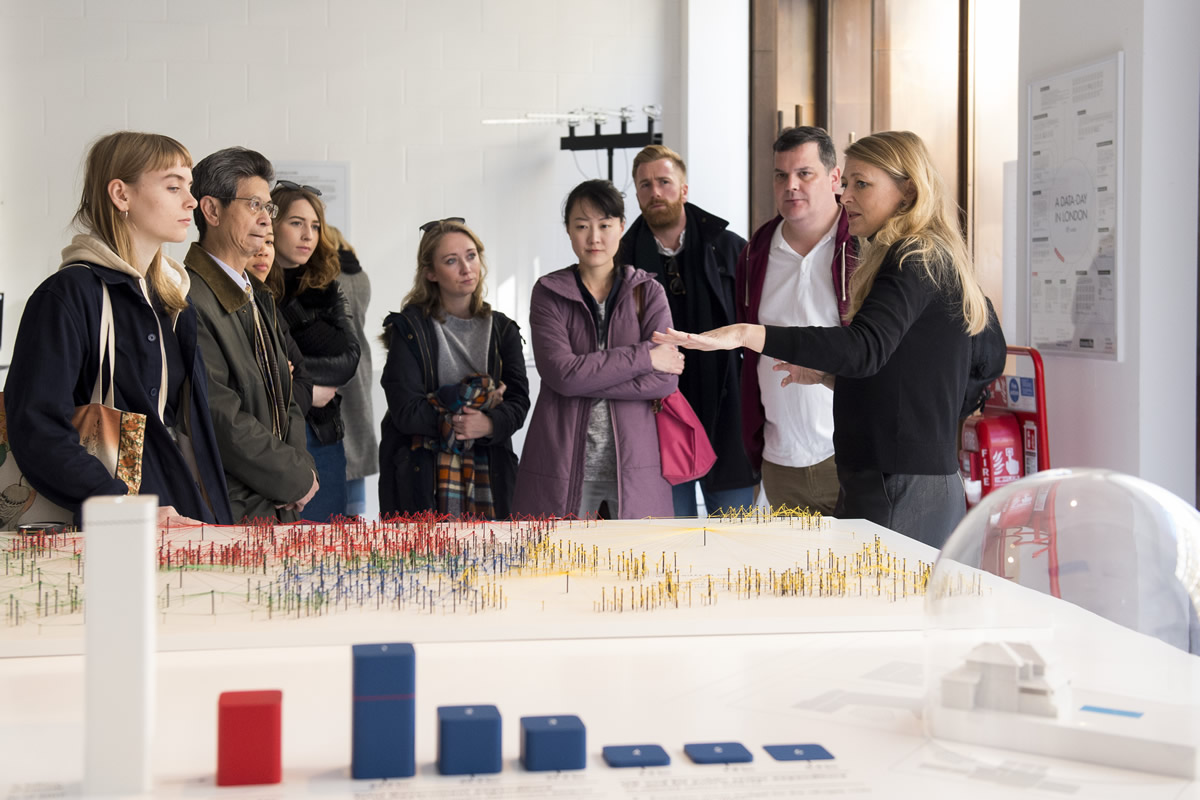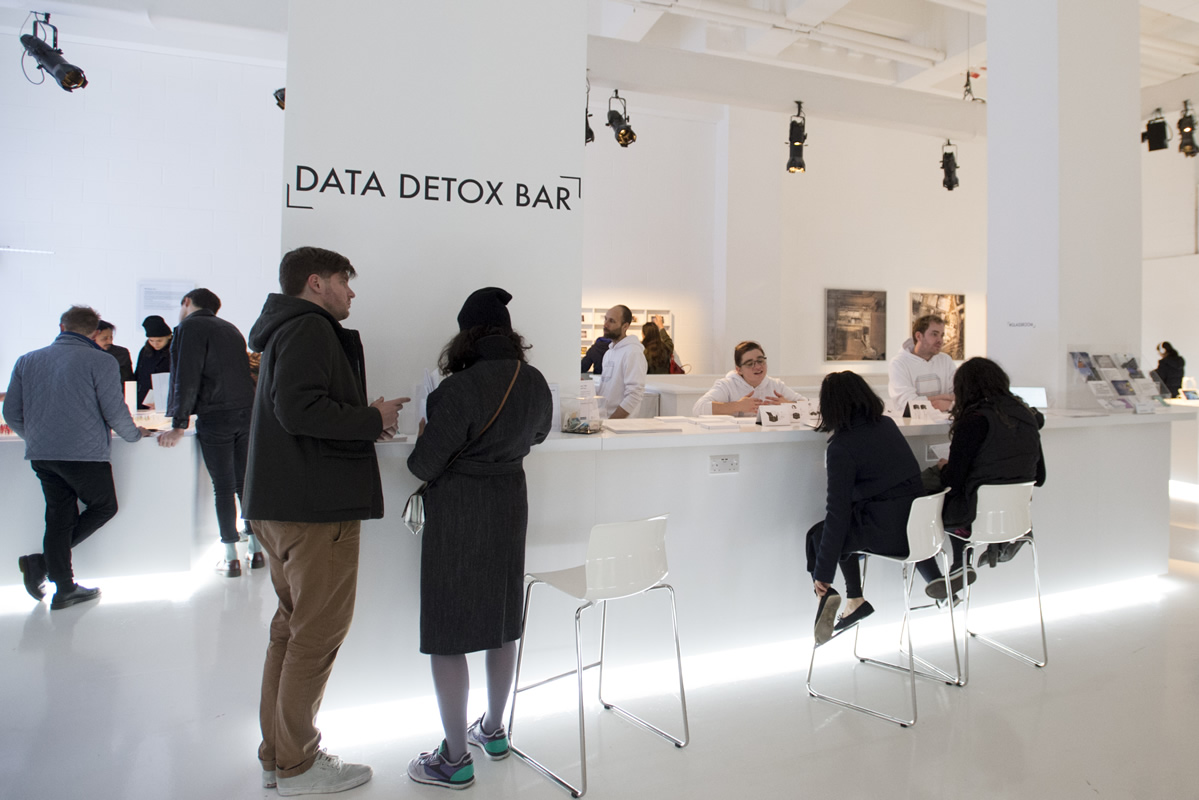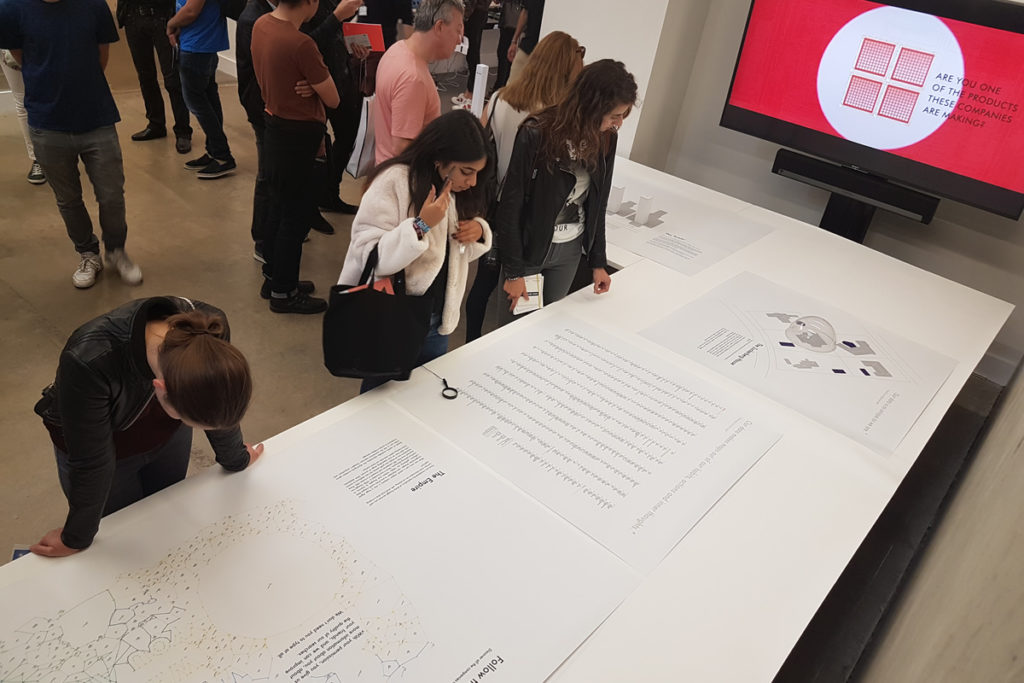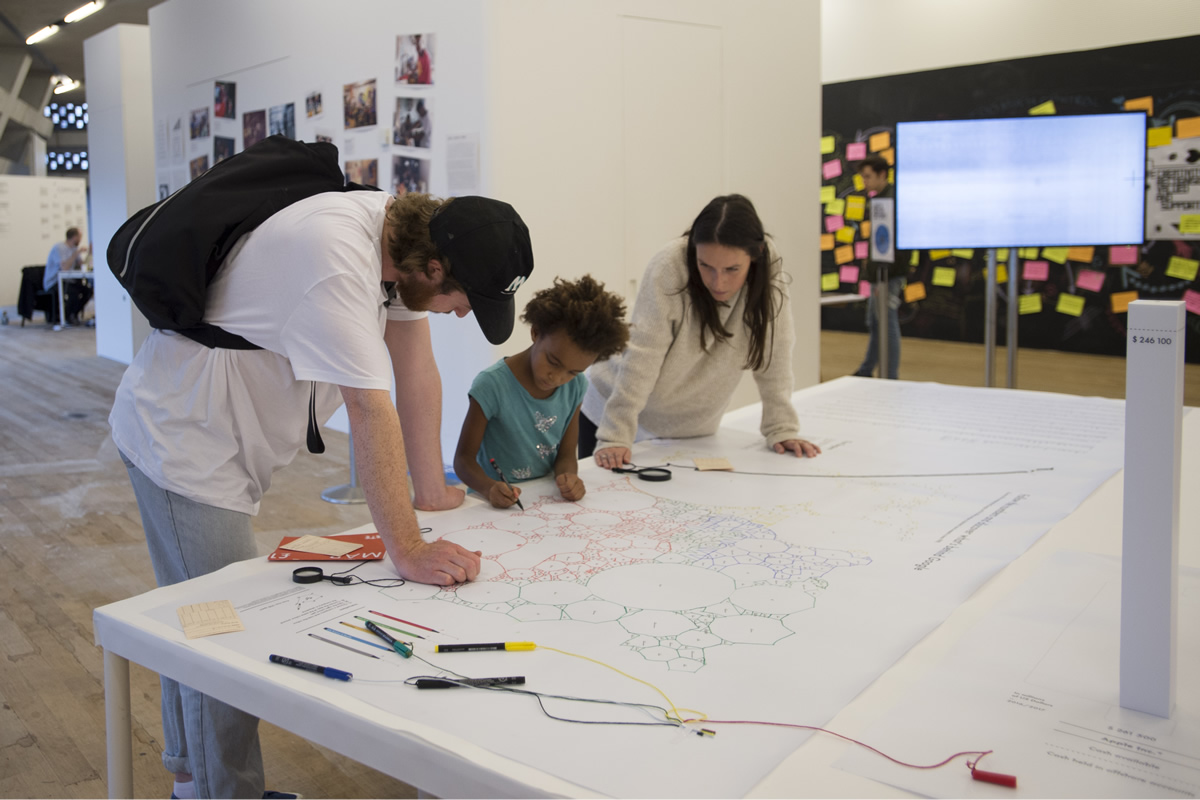The Department of Philosophy of the University of Malta is hosting the 4th edition of Engaging the Contemporary at the University of Malta (Msida Campus) on 16-17 November 2017. This year’s theme is Issues in Contemporary Political and Social Philosophy. EtC17 addresses current debates in political and social philosophy by examining different theoretical approaches as well as their application to existing political and social realities. The aim of EtC17 is to serve as a platform for interdisciplinary thinking and dialogue.
It raises questions about the possible shape of critique in contemporary times, its objects and its scopes. It seeks to identify spaces where critique – within and without academic discourse – can intervene in public spheres. It attempts to invigorate a sense of democracy beyond populism, and aims to explore a political language of responsibility beyond burden-sharing. It hopes that attempts to think of a world without unjust economic inequalities, or of solidarity that is not reducible to economic gain, do not amount to thinking the impossible. It questions whether we are, after all, living in times of crises: crises of democracy, refugee crises, environmental crises. It invites sensible urgent transformations – at the levels of discourse, law, and institutions – and the necessary work of thought to complement them.
Prof. Claude Mangion, Head of the Department of Philosophy, commented: ‘Every year, the Department of Philosophy at the University of Malta organises a conference and invites the public to attend, and listen to the speakers who will be coming from all over the world, as well as local speakers, to discuss issues in contemporary political and social philosophy. There will be discussion of topics which are very topical in the contemporary world and contemporary political discourse.’
With two keynote speakers, and over 40 papers from Masters/Ph.D. students and academics, this conference will encourage a critical consideration of a wide range of topics, including but not limited to panels on Contemporary Critical Theory, Post-Truth Politics, Foucault, Democracy and Resistance, Capitalism and Biopolitics, Epistemic Injustice, as well as Political Issues in Contemporary Malta.
There are no registration fees, and students and members of the general public can attend any panels of their choice. For any information, visit the conference website, Facebook event page, or send an email on engagingthecontemporary@um.edu.mt
The full conference programme can be found online.








